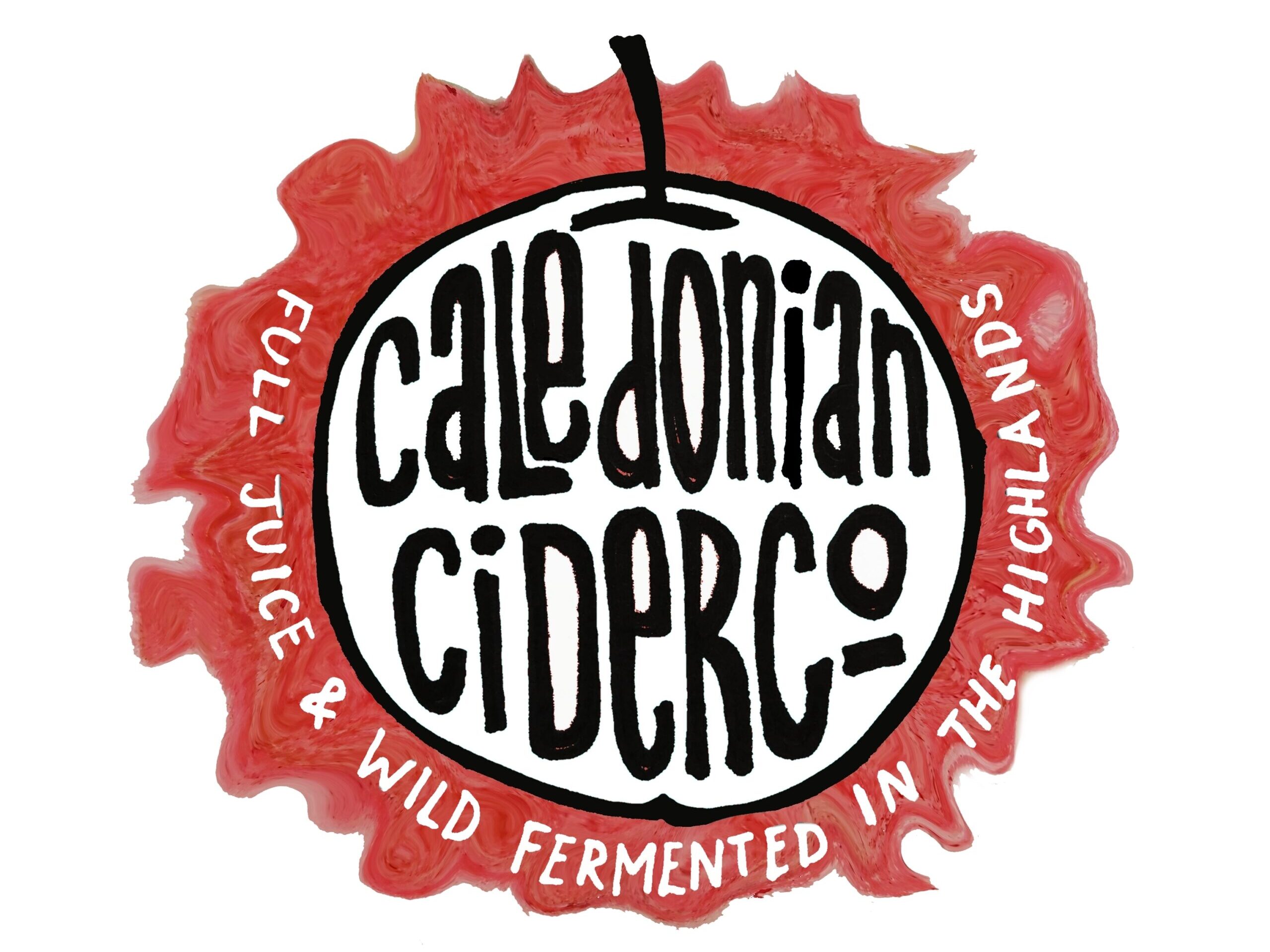Why we need compulsory ingredient labelling for cider in the UK
(And why certain brands would need a much bigger label)
I’m firmly in the ever increasing camp of cider makers who believe we need to re-visit the UKs legal definition of cider before the industry ends up back were it was 20 years ago (appealing predominantly to underage drinkers and alcohol dependents).
The document in question is known as Notice 162 and it defines for duty purposes what is and what isn’t cider in this country. As it stands this definition allows for a cider made from just 35% reconstituted apple juice concentrate (discussed at length here) to sit quite comfortably beside a cider made from 100% fresh pressed apple juice, both sold under the generic term of cider.
All ciders are not made equal but if both of these hypothetical products sat side by side how would a cider drinker be able to tell the difference on a supermarket shelf? They may both be in very similiar packaging, they may even both be described as Craft or Premium Cider on the label along with various claims to authenticity and tradition. The answer would surely have to be, with great difficulty! After all there is absolutely no obligation to display ingredients on a cider produced for the UK market. If there was the two products could be told apart with relative ease.
- Cider A Ingredients: Water, Apple Juice (from concentrate).
- Cider B Ingredients: Apple Juice (not from concentrate)
Now, I’ve assumed both these products are simple, apple based ciders with absolutely the bare minimum of ingredients. More typically on Cider A you might see;
- Cider A Ingredients. Water, Apple Juice (from concentrate), Glucose, Malic Acid (E296), Caramel (E150d), Carbon Dioxide, Sulphite (E220), Potassium Sorbate (E202).
But do people really look at ingredients when buying a bottle of cider? I Mean most people have a genuine and perfectly legitimate belief that cider is made from apples. They would almost certainly be surprised to learn that cider (as defined by Notice 162 in the UK) can contain anything up 41 permitted ingredients, a list which begins with the mysteriously titled Acesulfame K and ends with the equally arcane Sunset Yellow…
Take a look at Section 26 of Notice 162 if you fancy reading the whole list in it’s original format or I’ve put together a table listing all permitted cider ingredients, I’ve also included a column for their uses since many of them aren’t that obvious from the title alone.
| INGREDIENT | USE |
| Acesulfame-K (E950) | Artificial sweetener |
| Acetic acid | Acid |
| Apple aromas (natural only) | Apple Aroma |
| Apple juice (fresh or concentrate) | Apple Juice |
| Apple wine | Apple wine |
| Ascorbic acid and its salts (E300 – E302) | Acid |
| Aspartame (E951) | Artificial sweetener |
| Carbon dioxide | Gas |
| Cider – out of condition | Cider – out of condition |
| Cider vinegar | Vinegar |
| Citric acid and its salts (E330 – E333) | Acid |
| De-alcoholised concentrated cider (Cidrasse) | Distillation by product |
| Dimethyl dicarbonate (Velcorin) (E242) | Preservative |
| Lactic acid and its salts (E270, E325, E326) | Acid |
| Malic acids and its salts (E296, E350a, E351b, E352a) | Acid |
| Neo-hesperidine | Artificial sweetener |
| Nitrogen | Gas |
| Pear aromas (natural only) | Pear Aroma |
| Pear juice (fresh or concentrate) | Pear Juice |
| Pear wine | Pear wine |
| Perry – out of condition | Perry – out of condition |
| Perry vinegar | Vinegar |
| Saccharin (and Na, K, and Ca salts) (E954) | Artificial sweetener |
| Sorbic acid and its salts (E200, E202, E203) * | Preservative |
| Sucralose (E955) | Artificial sweetener |
| Sugars and sugar syrups for example, High fructose corn syrup/high fructose syrup, Fructose Hydrolysed starch/hydrolysed starch syrup, Glucose, Liquid sugars, Sucrose, Sugar | Sugar (in various forms) |
| Sulphur dioxide and its salts (E220 – E224, E226 – E228) | Preservative |
| Salt (Sodium chloride) | Salt |
| Tartaric acid and its salts (E334 – E336) | Acid |
| Water | Water |
| Acid brilliant green BS (E142) | Green Colouring |
| Anthocyanin (E163) | Red / Purple Colouring |
| Caramel (E150a, E150b, E150c, E150d) | Brown Colouring |
| Carmoisine (E122) | Red Colouring |
| Cochineal (E120) | Red Colouring |
| Indigotine (E132) | Purple Colouring |
| Mixed Carotenes (E160a, E160b, E160c, E160d, E160e) | Orange Colouring |
| Ponceau 4R (E124) | Red Colouring |
| Quinoline yellow (E104) | Yellow Colouring |
| Sunset yellow (E110) | Yellow Colouring |
| Tartrazine (E102) | Yellow Colouring |
So, as a starting point I think most people would agree that compulsory full ingredient labelling is a must. Selling a product made from anything up to 41 different ingredients and not letting the consumer know what they are is quite simply unfair. In fact of all these ingredients there is only a legal requirement to display Sulphite as an allergen or if there is any artificial sweetener present.
Wine is defined in the EU legislation as a “product obtained exclusively from the total or partial alcoholic fermentation of fresh grapes, whether or not crushed, or of grape must.
We’re some of way off yet but wouldn’t it be nice if cider made in the UK was ALWAYS a “product obtained exclusively from the total or partial alcoholic fermentation of fresh apples, whether or not crushed, or of apple juice”.
If nothing else the list of ingredients wouldn’t take up a sheet of A5 paper…
